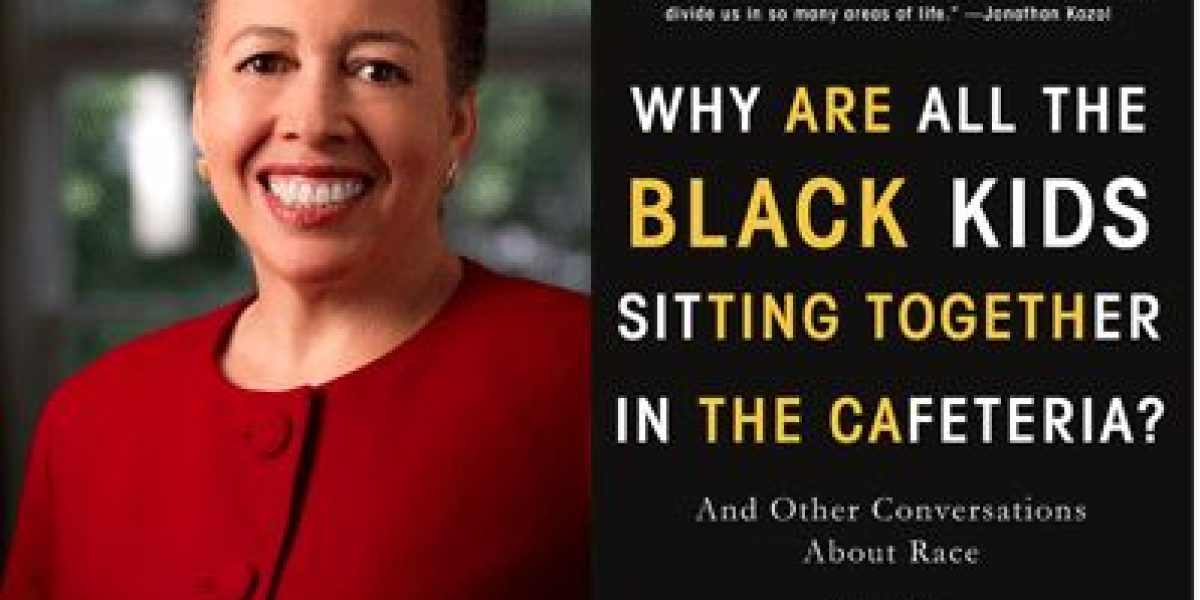A Journey of Racial Identity
Beverly Daniel Tatum’s groundbreaking book, “Why Are All the Black Kids Sitting Together in the Cafeteria?” delves into the complex and multifaceted issue of racial identity development among young people. Published in 1997, this thought-provoking work continues to be a critical resource for educators, parents, and individuals seeking to understand the dynamics of race and segregation in our society. In this blog, we will explore the key concepts and ideas presented by Tatum and discuss why this book remains relevant today.
The Cafeteria Metaphor
The title of Tatum’s book is a metaphorical reference to the racial segregation often observed in school cafeterias across the United States. She uses this metaphor to draw attention to the patterns of racial self-segregation that occur not only in schools but also in broader society. Tatum’s central question, “Why are all the black kids sitting together in the cafeteria?” is a call to examine the factors contributing to racial separation and understand the significance of this phenomenon.
Racial Identity Development
At the core of Tatum’s work is the concept of racial identity development. She argues that individuals, especially young people, go through a process of exploring and developing their racial identities. This process can be influenced by various factors, including family, peer groups, media, and education. Tatum outlines a model of racial identity development that consists of five stages: pre-encounter, encounter, immersion, internalization, and internalization-commitment. These stages reflect the evolving ways in which individuals perceive and engage with their racial identities.
Self-Segregation and Comfort Zones
One of the key insights offered by Tatum is that self-segregation is not necessarily a sign of exclusion or prejudice. Instead, it often arises from a natural desire to find comfort and safety among people who share similar racial identities and experiences. In a racially charged society, individuals may seek solace in spaces where they can freely express their racial identities without fear of judgment or discrimination. Understanding this aspect is crucial in fostering open dialogue about race and dismantling stereotypes.
The Impact of Education
Tatum emphasizes the role of education in shaping racial identity development. Schools can either perpetuate or challenge racial stereotypes and biases. She argues that educators must actively engage in creating inclusive and diverse learning environments. Through curriculum development, teacher training, and classroom discussions, schools can play a significant role in helping students navigate their racial identities and develop empathy for others.
Multiculturalism and Beyond
Tatum’s work advocates for moving beyond the concept of multiculturalism, where diversity is celebrated but not necessarily deeply understood. Instead, she encourages individuals and institutions to embrace anti-racist principles actively. This involves acknowledging and challenging systemic racism and actively working towards equity and justice.
The Relevance Today
Although “Why Are All the Black Kids Sitting Together in the Cafeteria?” was written in the late 1990s, its relevance remains undeniable in today’s world. Racial tensions, disparities, and identity struggles persist. Tatum’s book serves as a guide for individuals and institutions to better understand the complexities of racial identity development and to work towards a more inclusive and equitable society.
Conclusion
Beverly Daniel Tatum’s “Why Are All the Black Kids Sitting Together in the Cafeteria?” is a timeless exploration of racial identity development and self-segregation. By using the metaphor of the cafeteria, Tatum highlights the importance of understanding the factors that lead individuals to seek comfort and safety among those who share similar racial identities. Her work provides valuable insights into the role of education, the impact of stereotypes, and the need for active anti-racism efforts. As we continue to grapple with racial issues in society, Tatum’s book remains a relevant and essential resource for promoting dialogue, understanding, and change.



